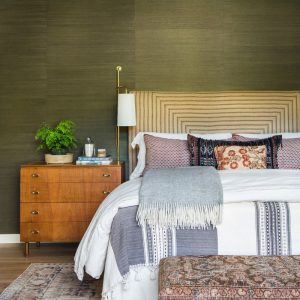
A chair and a half is an unusual and often overlooked furniture piece that can fill a variety of needs. They are a bit larger than an armchair but not as large as a loveseat and can accommodate one person or two people comfortably in very close quarters, making them an ideal choice for small rooms or if you don’t have enough space for a traditional sofa.
These chairs are typically a part of a living room set, but they can also be used in other areas of the home, particularly if floor space is at a premium. For example, they can conceal a folding twin bed in a bedroom design and are ideal for smaller spaces that might otherwise be too small for a love seat or sofa.
They can also provide a comfortable place to lounge and read in the family room or media room. A reclining chair-and-a-half can be especially useful in these settings, allowing you to recline in a more relaxed position for longer periods of time.
A wide selection of upholstered seating pieces can be found in the chair and a half category, including rigid armchairs, reclining chairs, and swivel chairs. They can be upholstered in any type of fabric and are available in many different styles and designs.
Ergonomics are an important aspect of design for all chairs. The occupant’s height and leg length are key anthropometric measurements that affect the ergonomics of a chair. Ideally, the height of a chair is at a level that distributes the weight of the occupant to all parts of the body and reduces pressure on the legs or “popliteal fold.”
Chair height is usually adjustable, either by using levers or knobs on the chair base or a mechanism incorporated in the seat. In addition, some reclining chairs have back-rests that shift the weight of the occupant to their shoulders, reducing their stress on the lower back or “lumbar” area. This is especially important for chairs intended for long periods of sitting, such as a dental chair or work chair.
Some chairs are upholstered to distribute the weight of the occupant across all the surfaces of the seat. Padding is also often used to distribute the weight of the occupant over the seat surface and protect against injury in the event of an accidental fall.
The seat can be padded with foam or soft fabric, enabling the occupant to sit with a more natural posture. The occupant may also adjust the height of the seat by readjusting the cushions. The cushion material can be made from different materials such as leather, chenille or cotton. The elasticity of the material also affects the seated posture of the occupant.
Most modern chairs have at least shoulder-height back-rests to shift the occupant’s weight to their shoulders and reduce the stress on the lower back, but some chairs have no back-rest at all, relying on ergonomic design to distribute the occupant’s weight to other parts of the body. They may also have headrests to prevent “whiplash” neck injuries in rear-end collisions where the occupant’s head is suddenly jerked back.


